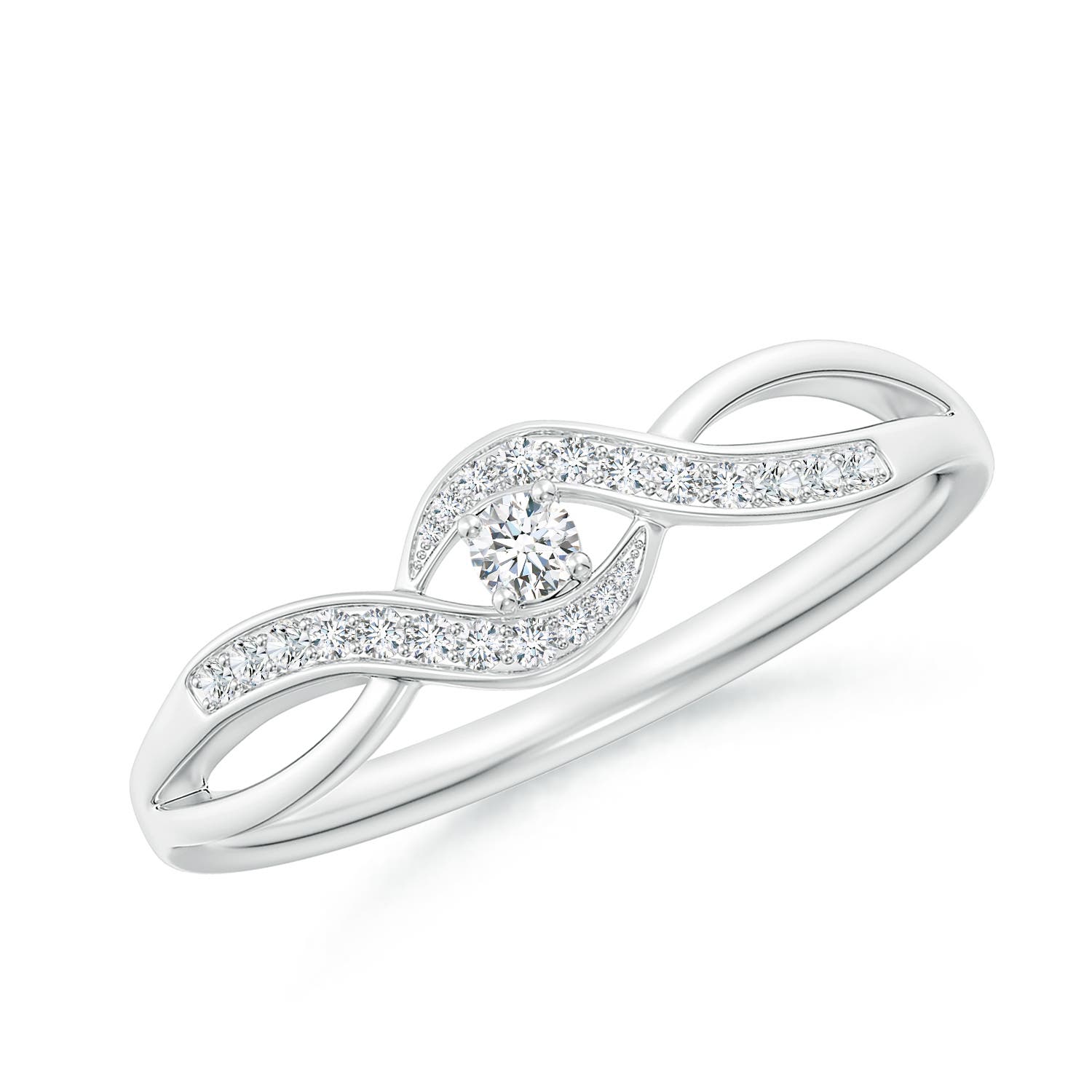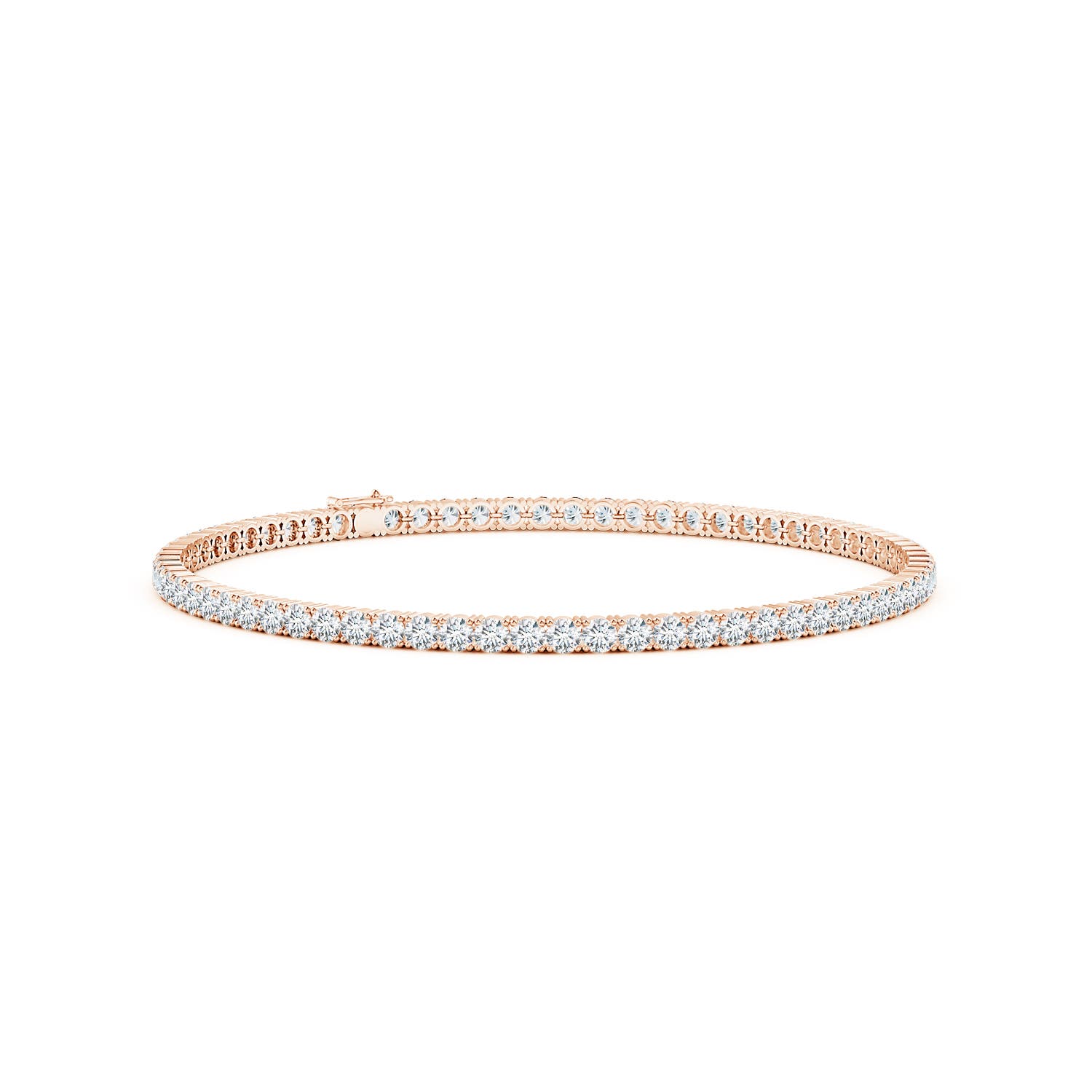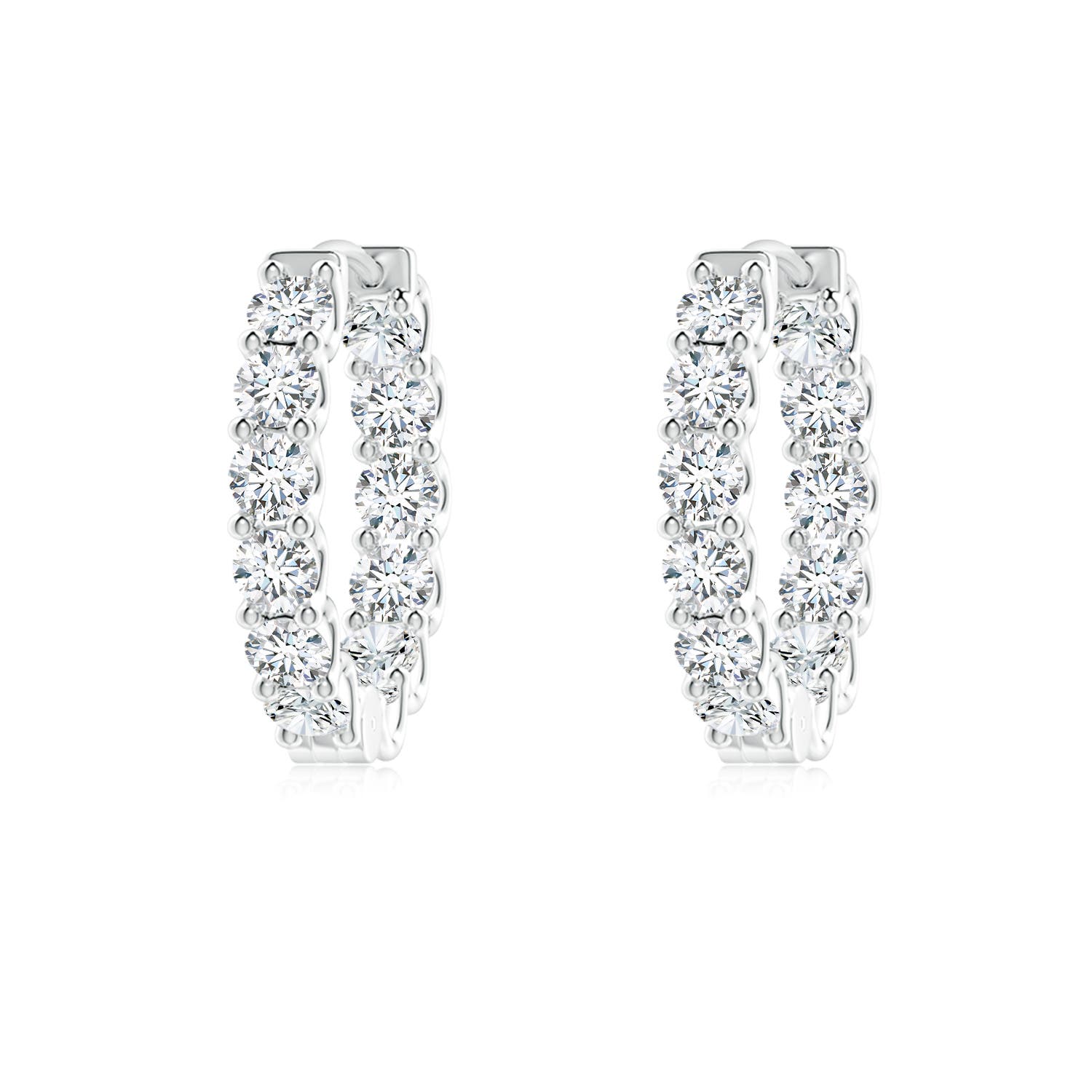A stunning contrast of dark green and bright red, the bloodstone is quite a remarkable gem. Never heard of it? Well, that’s not surprising! While it isn’t the most famous of the lot, die-hard fans adore this jewel for its charming aesthetic and association with birth and life.
Having said that, one of the most common questions people ask is ‘can bloodstone go in water?’ And luckily for you, today we plan on answering just that.
Let’s Get Straight to the Point…Can Bloodstone Go in Water?
Yes, but only for a short period!
Generally speaking, a little water won’t harm your stone at all, however, submerging it for a long period will definitely will. This damage can appear in two ways:

• Structural Damage
Before we discuss this point, we first need to talk about the stone’s durability or (as some people call it) its scratch resistance.
To measure this ability, in 1822, Fredrich Mohs, a German gemologist and mineralogist created a qualitative ordinal scale known as the Mohs scale of mineral hardness.
Here, based on their toughness, each gem was given a score between 1 (most malleable) and 10 (most durable).
It was later discovered that the jewels rated 5 or higher on this scale (like the bloodstone, for example) were more water-resistant and therefore could be submerged in water.
Having said that, do note that this fact doesn’t make the stone invincible. In fact, soaking your bloodstone in water for long periods could cause it to develop cracks and this, in turn, could eventually cause the stone to break.
• Physical Damage
Like the majority of jewels available today, bloodstones are polished to enhance their shine. The polish and shine can, unfortunately, be washed away by water. This is particularly true in the case of chlorine water and salt baths.
Apart from the above, the gemstone’s iron content can react negatively to water and lead to rusting of the stone. This process is an irreversible one and severely damages the aesthetic of the jewel.
Now that we’ve answered the question ‘can bloodstone go in water?’, let’s discuss the best way to maintain it.
How Can You Clean Your Bloodstone Without Soaking It in Water?
In our opinion, the best way to clean your jewel is to wipe it with a damp cloth after every use. You could also spray a little water on your stone and wipe it with a dry, lint-free cloth.
That said, if your gemstone’s extremely dirty, you could soak it in water for a minute or two. Once done, immediately wipe away the dust and excess water with a soft cloth and leave it aside to airdry.
Note: Remember to turn over the accessory a few times during this process to get rid of all the water from the gem’s crevices.
General Tips for Taking Care of Your Bloodstone
During the drying process, avoid placing your gem under direct sunlight or in an extremely hot area as this may cause your stone to lose its colour or crack.
Do not use steam or ultrasonic cleaners to wash your bloodstone. This is simply because they may damage your gem.
If you’re struggling with the cleaning process, we recommend taking your piece to a professional jeweller as they will be able to wash the same without harming it.
What is the best way to store your bloodstone? To do this, place your gem in a cloth bag and store it in a cool, dark place away from your other gemstones.
Did You Know?
- Aztecs would often use this gemstone to regulate their blood circulation.
- It was believed that this gemstone was first created during the crucifixion of Jesus Christ. According to this legend, the jewel was formed when Jesus’s blood fell onto a green jasper under his feet giving birth to the spattered bloodstone.
Want to know what other stones can be submerged in water? Let’s start with ‘can aquamarine go in water?’ Our answer – it definitely can, but only for short periods. This is because water can actually affect the gem’s hue and even lead to the development of cracks.
Similarly, blue lace agates and sunstones can also be placed in water.
However, we don’t recommend submerging them for a long time. To know why, you can read our articles titled ‘can blue lace agate go in water?’ and ‘can sunstone go in water?’ respectively.
Moving on to other gemstones, one of the most frequently asked questions is ‘can garnet go in water?’ And while it technically can, we really don’t suggest doing the same. This is purely because garnets are more susceptible to breakage when submerged in water for an extremely long time.
In a similar way, nuummites are also quite averse to water. If you’d want to know a little more about this topic, feel free to peruse our article titled ‘can nuummite go in water?
































